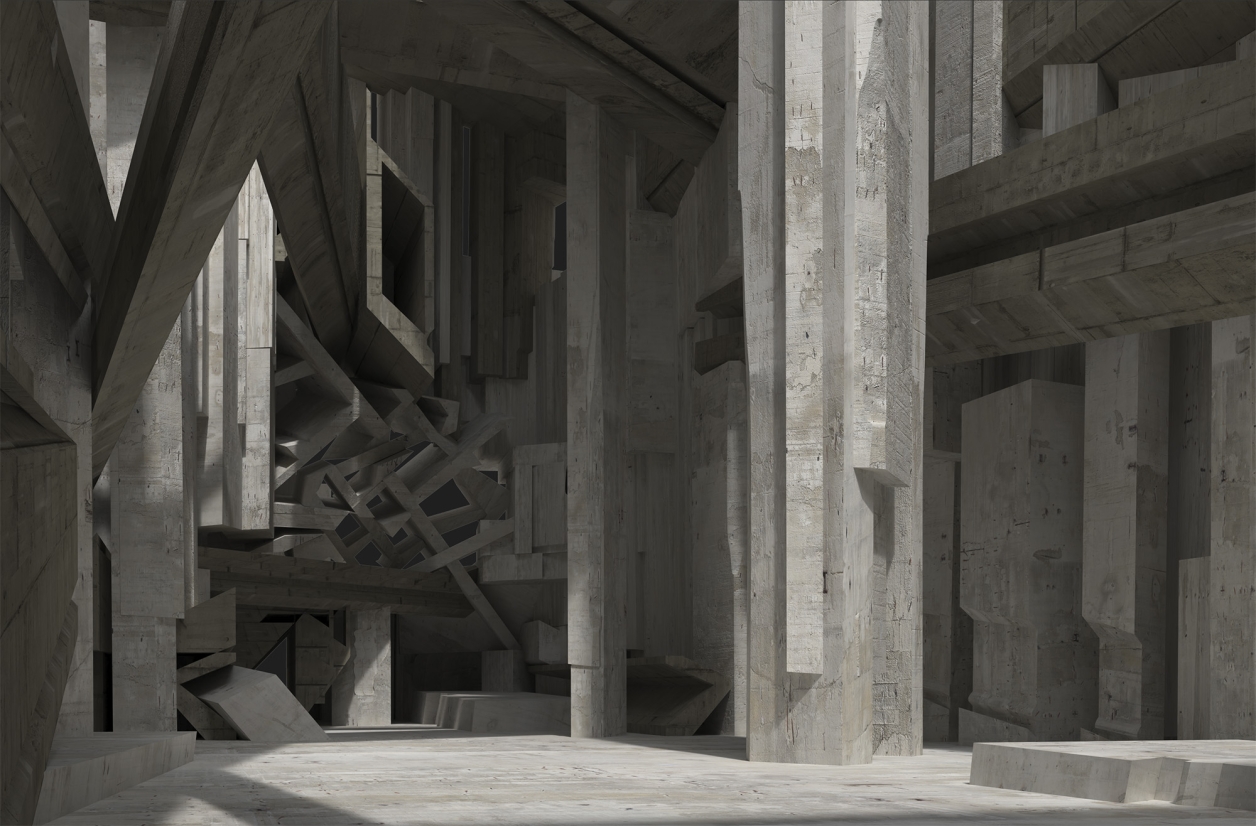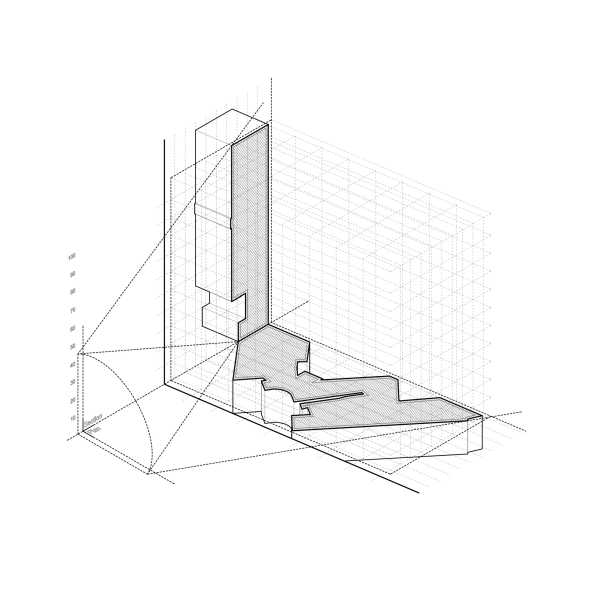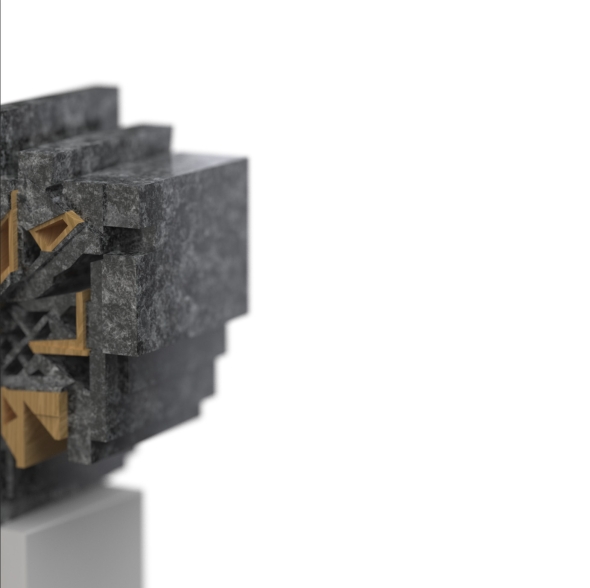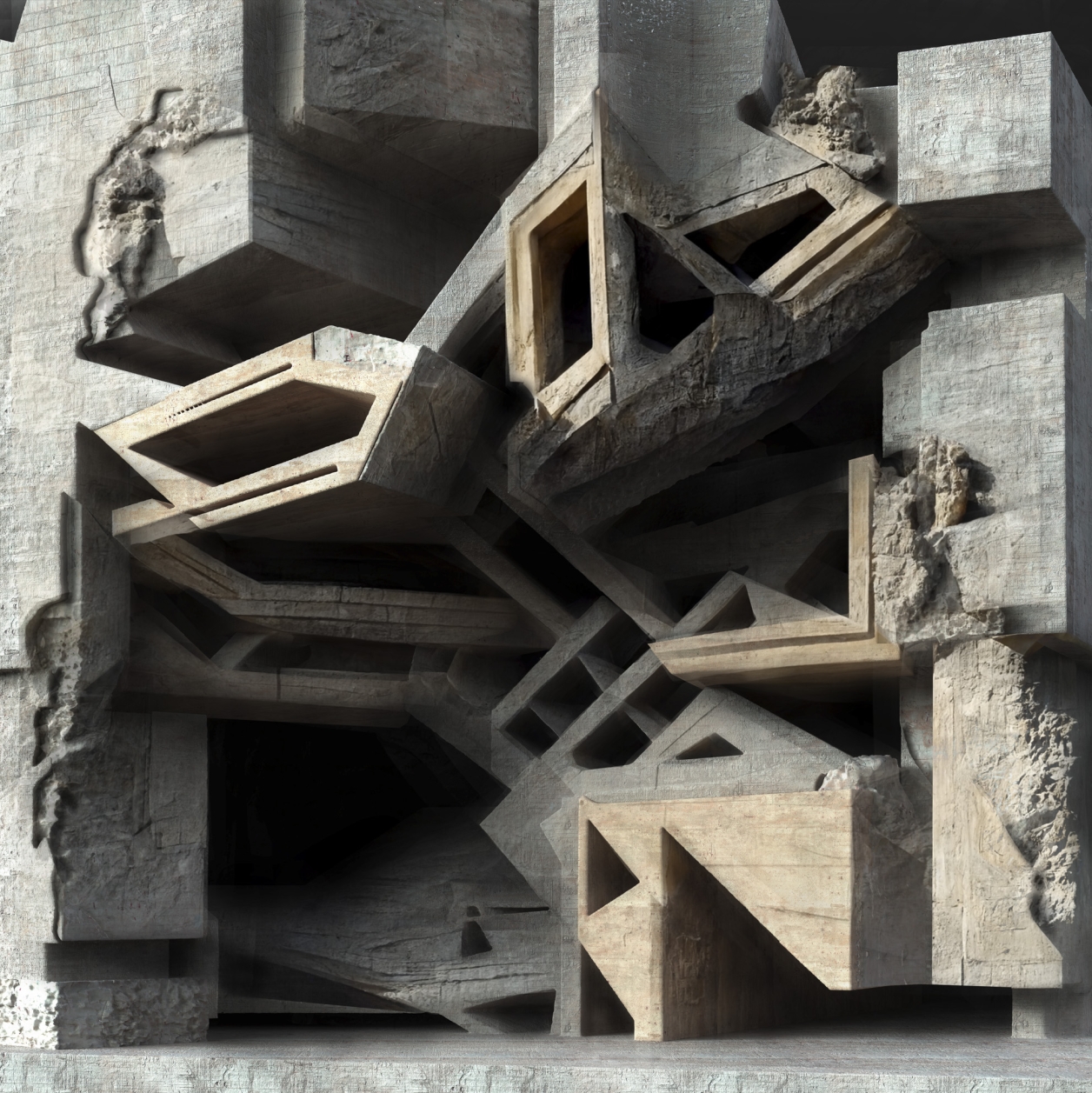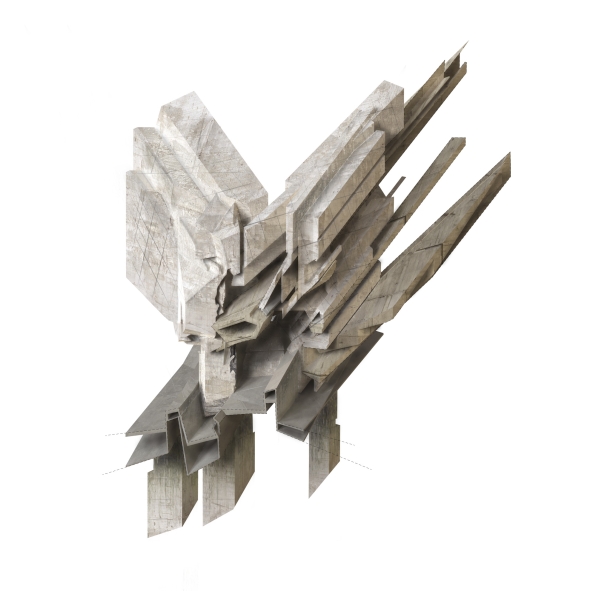
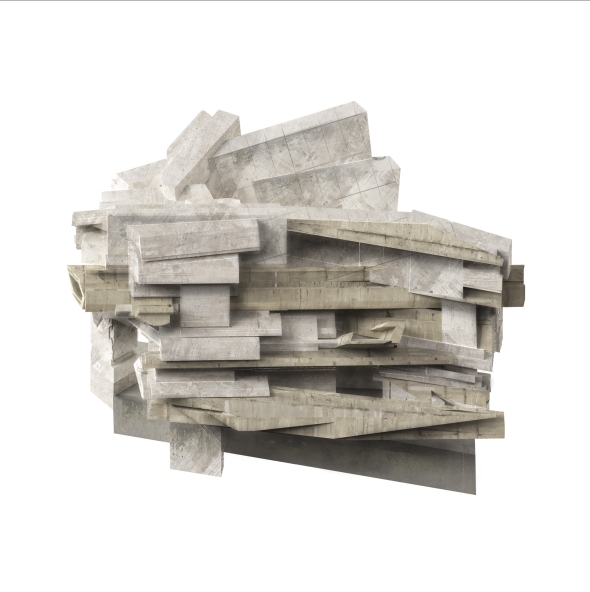
Reimagining Monumentality: Creating Resilient and Culturally Significant Architecture through Emerging Technologies
The thesis that addresses monumentality and more resilient architecture by creating novel contemporary rituals that reintroduce cultural value through diffusion model imaging, monocular depth estimation, and neural filters proposes a new approach to architectural design that incorporates mass timber technology and robotic machinery to create monolithic structures that reintroduce cultural value through novel contemporary rituals. The thesis argues that using mass timber technology in conjunction with quarried stone can create a novel structure that innovates the architectural consequences of mass timber construction.
The quarried stone is used to deal with the compressive loads of the structure, while the occupiable mass timber handles the tensile loads and spanning of the structure. This approach allows for a new way of seeing and designing monumental structures that reflects the needs and aspirations of communities. The thesis also proposes the use of diffusion model imaging, monocular depth estimation, and neural filters to create a process of turning diffusion model images into three-dimensional models using modeling software. This approach allows designers to create more accurate and detailed representations of architectural structures, enabling them to better understand the spatial and cultural implications of their designs. By using descriptive geometry drawing methodologies in conjunction with monocular depth estimation and neural filters, the two-dimensional image can be quantified and modeled by the designer.
This novel methodology allows architecture to better utilize diffusion model imaging to create novel material explorations, defamiliarization of architectural languages, and new part-to-whole relationships in architectural design. The thesis also proposes the use of robotic machinery to assist in the construction of these structures. The use of robots allows for greater precision and efficiency in the construction process, while also reducing the need for human labor. This approach can also reduce the environmental impact of construction by reducing waste and emissions. The thesis argues that by incorporating cultural elements into the design of these structures, new rituals can be created that reintroduce cultural value into contemporary society. By reintroducing these rituals into contemporary society, we can create a deeper appreciation for cultural heritage and promote greater social cohesion.
